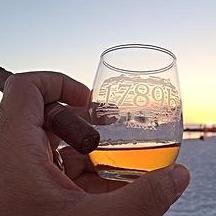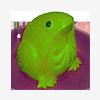-
Welcome to the eG Forums, a service of the eGullet Society for Culinary Arts & Letters. The Society is a 501(c)3 not-for-profit organization dedicated to the advancement of the culinary arts. These advertising-free forums are provided free of charge through donations from Society members. Anyone may read the forums, but to post you must create a free account.
Sea Vegetables
-
Similar Content
-
- 458 replies
- 133,012 views
-
Cooking with "Six Seasons: A New Way with Vegetables," by Joshua McFadden 1 2 3 4 12
By blue_dolphin,
- 277 replies
- 83,107 views
-
- 19 replies
- 3,410 views
-
- 18 replies
- 4,963 views
-
- 3 replies
- 2,666 views
-
-
Recently Browsing 0 members
- No registered users viewing this page.






Recommended Posts